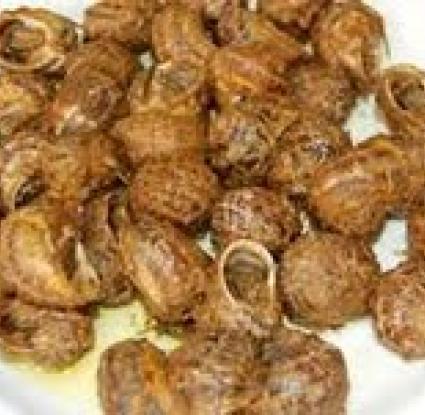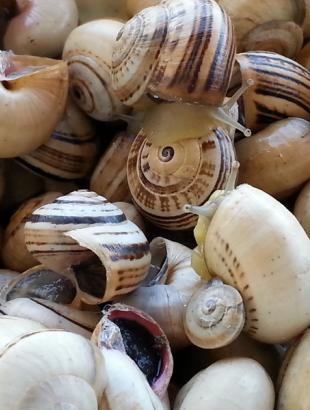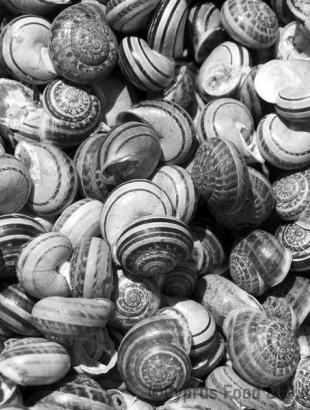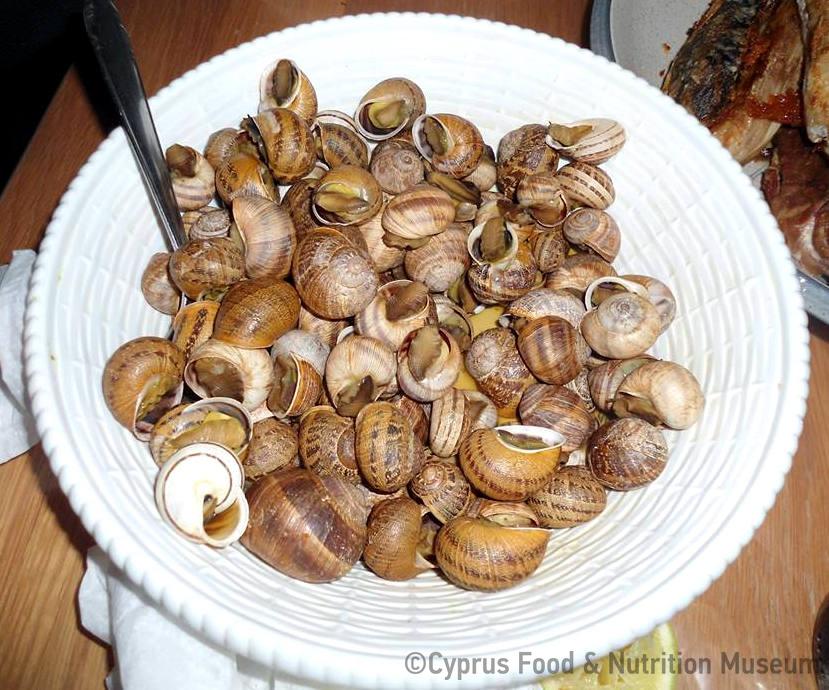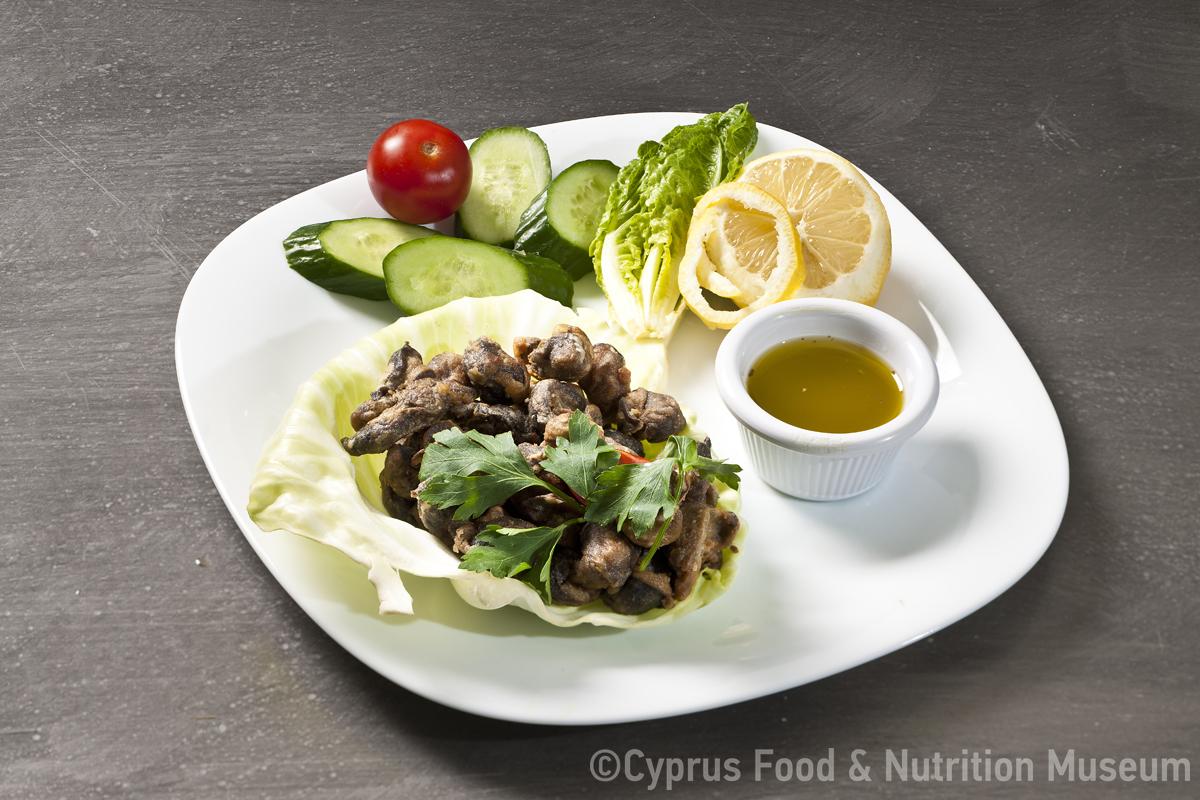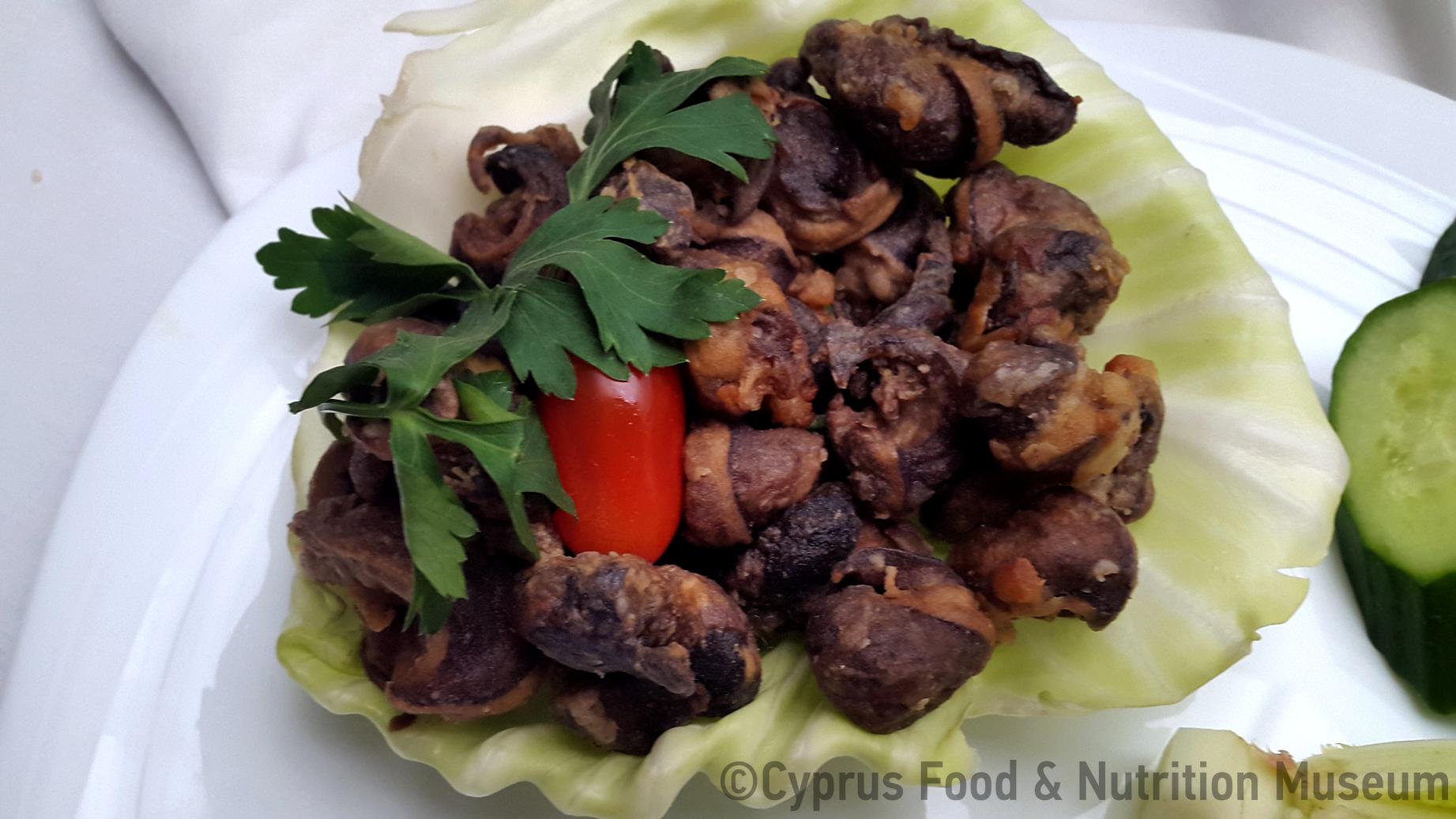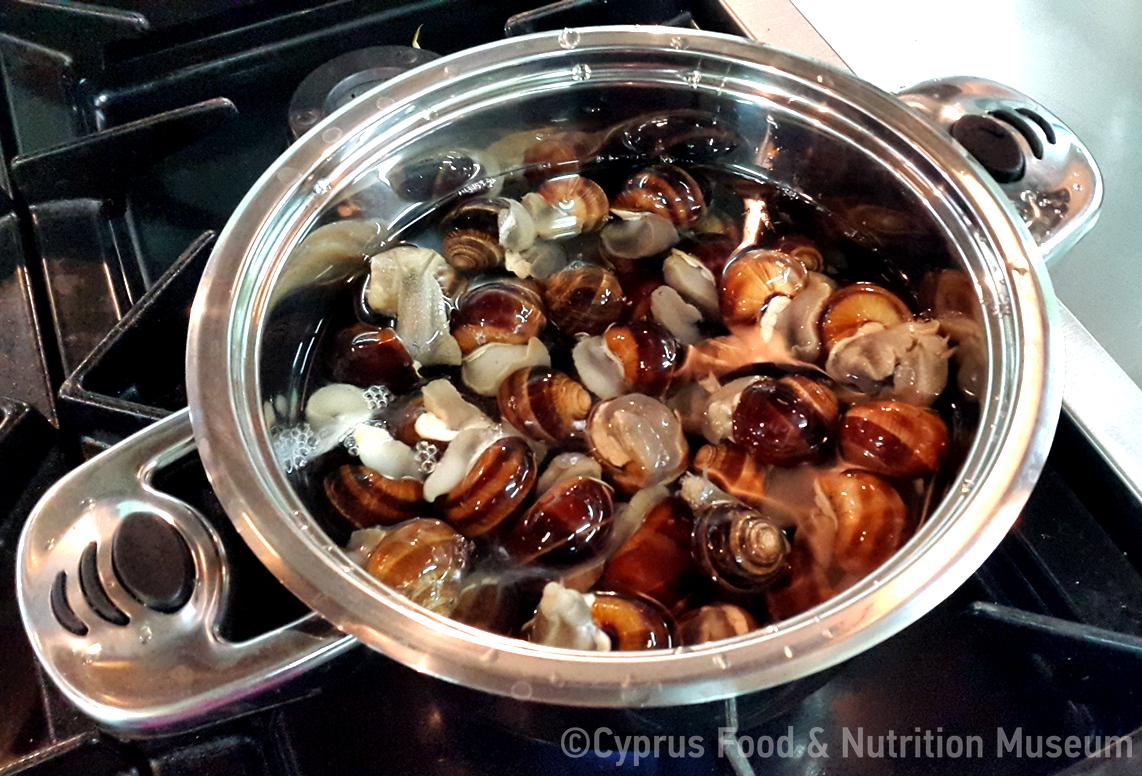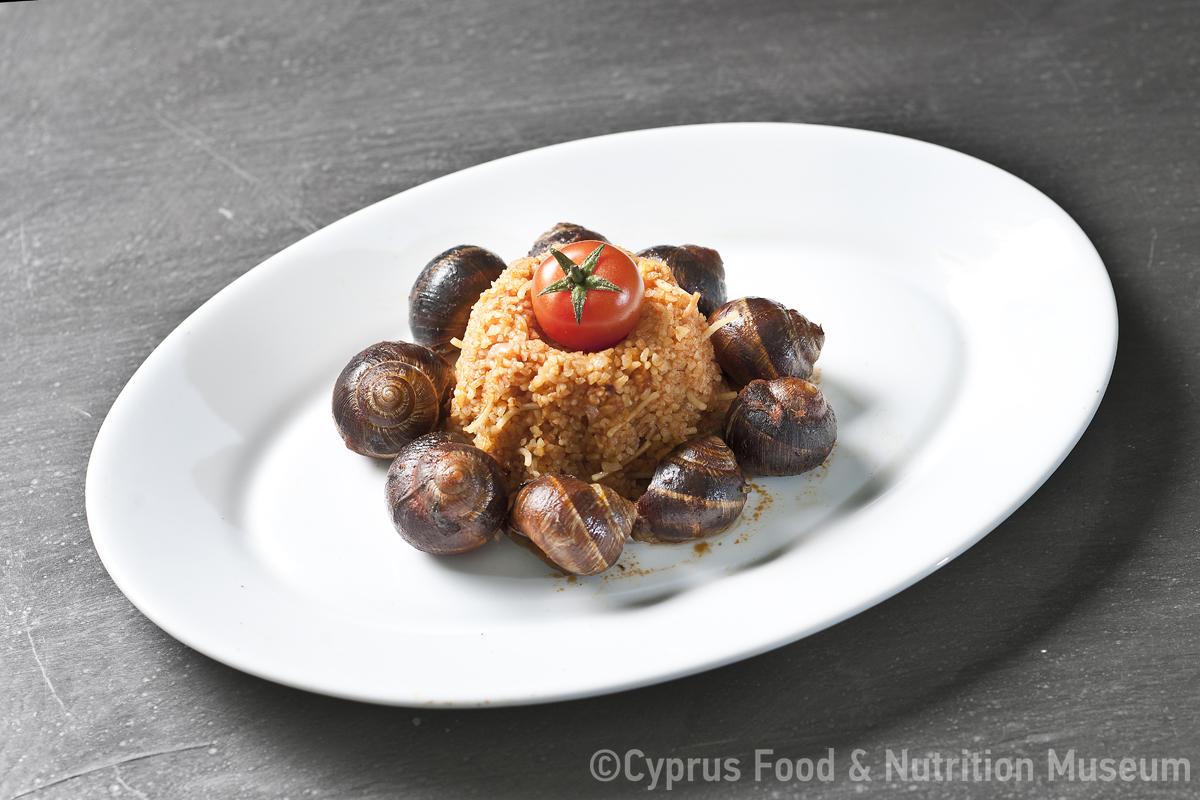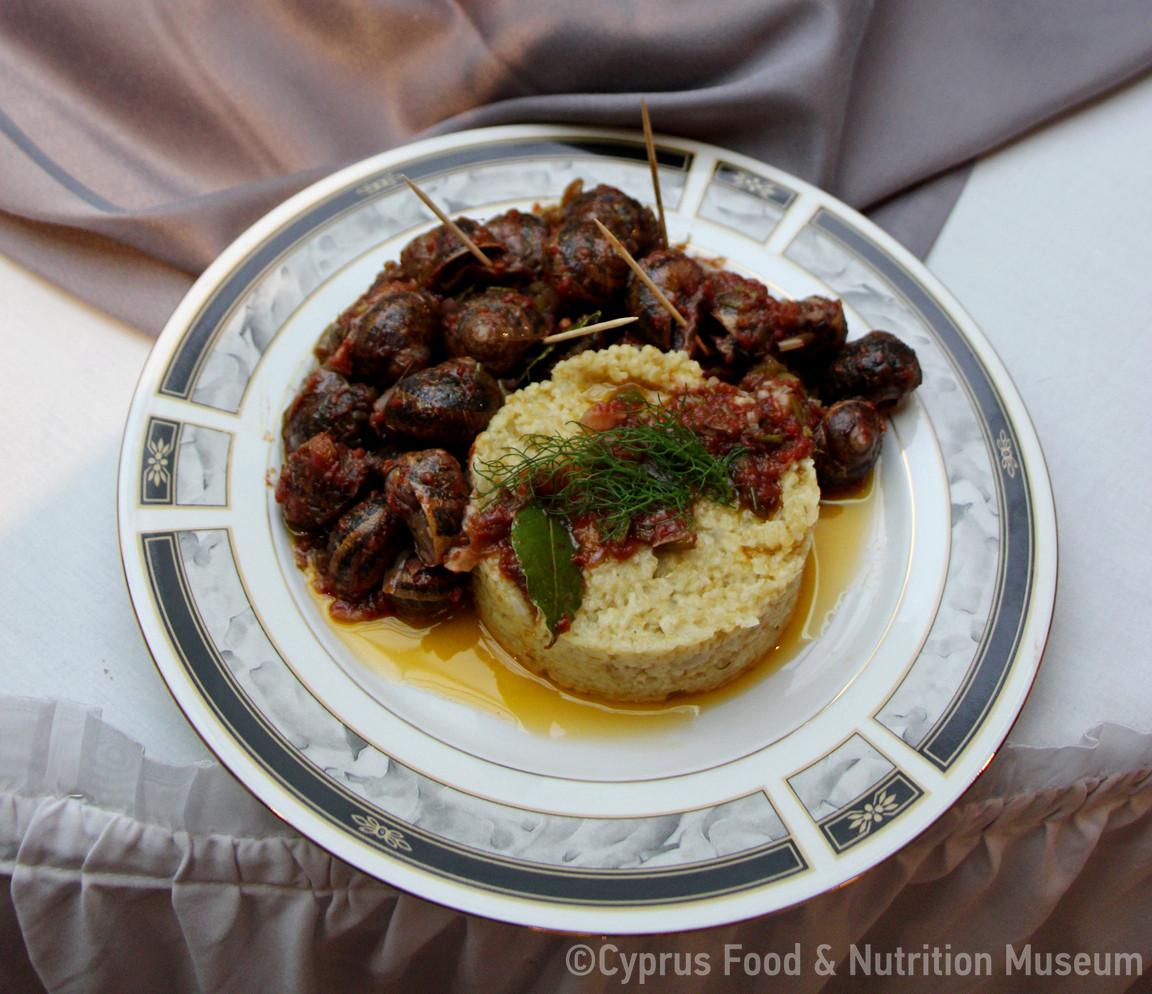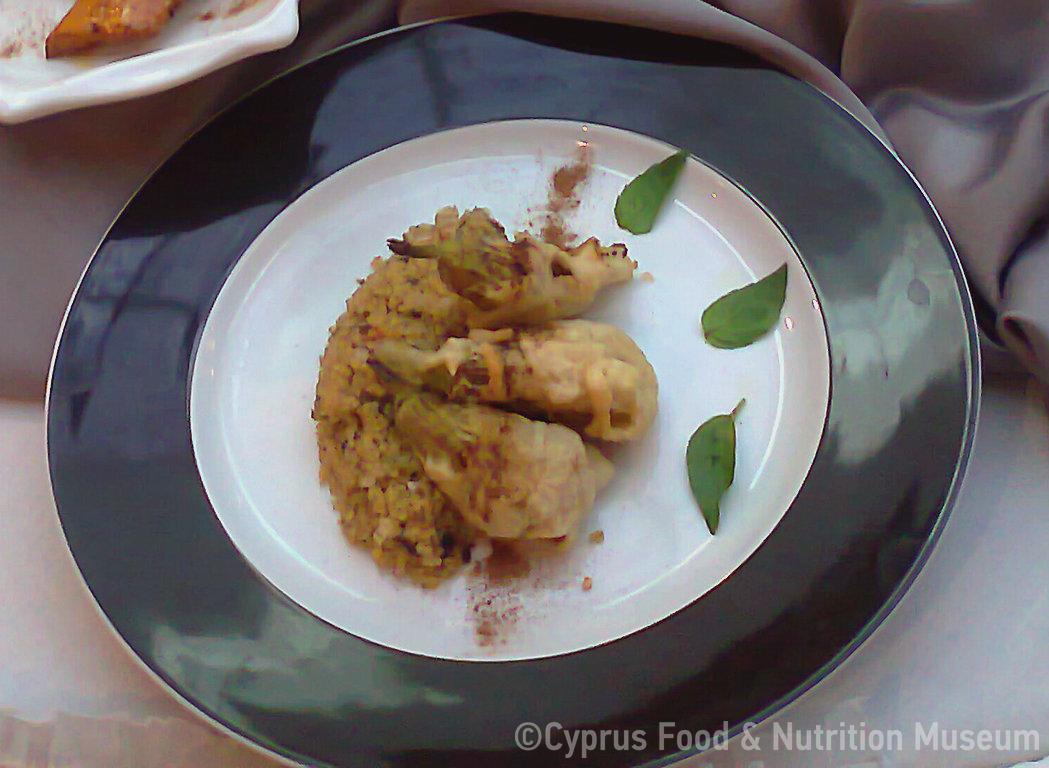Name - Origin
Σαλιγκάρι.
Snail (Kypri 1983 [2003²], entry καράολος,ο, 306; Kypri 1989, entry καράολος,ο, 451).
ETYM. < venetian caragol (Yangoullis 2009, entry καράολος,ο, 182) < Italian caragollo (Petrou-Poeitou 2013, entry Καράολος, 52)
Also called saliagos, saliagas (slug) or sarigalos (Kypri 1979 [2002²], entry καράολος,ο, 192).
Ioannis Erotokritos in his Glossary notes that karaolos is proverbial for its cowardice. At the slightest "provocation", karaolos hides in his spiral shell, hence the proverb: "He has so much fear that he is acting like karaolos" (Kypri 1989, entry καράολος,ο, 451).
The word, besides snail, also means any helical tool, the shape of which resembles the helical shell of a screw: 'The karaolos of the machine is broken' (Kypri 1989, entry καράολος,ο, 451). Karaolos is also a hairstyle (Yangoullis 2009, entry καράολος,ο, 182).
Housewives used to grill the mnouharous (large snails) on the charcoal or boil and serve them with lemon juice and salt (Petasis 1992, 258-259). Other housewives used to fry them, after boiling them in order to be able to remove their shells, thread them on a sprig of šinnos plant (pistacia lentiscus) and flour them (Katzi 2000, 106-107). The smaller snails were eaten either boiled like mnoucharous or with pilaf bulgur. For the preparation of snails with pilaf bulgur, housewives would boil the snails for a while, remove their shells and fry them in olive oil. They would then sauté chopped tomatoes, add the snails, water and the bulgur. When all the water had been absorbed by the bulgur, the food was ready. Sometimes, rice was added instead of bulgur (Petasi 1992, 258-259). Housewives in the village of Lythragomi, Famagusta district, used to cook the snails as yahni (in tomato sauce) with potatoes or zucchini (Katzi 2000, 107).
Xenophon P. Pharmakidis notes the following about the preparation of snails: the small snails are cooked with pilaf rice and the food is called 'karaoloi ppilafin' or are consumed when boiled with oil/vinegar or oil/lemon. The large ones are fried after their shell is removed and they are coated with flour. Fried snails are a delicious appetiser. They can also be grilled, after having been thread on thin reed skewers (Kypri 1983 [2003²], entry καράολος,ο, 306).
Functional and symbolic role
During fasting periods, when meat consumption was not permissible, Cypriots would consume karaolous i.e. snails of different sizes: the large, hard-sized ones called mnouhari, the medium sized ones and the medium sized, flattened snails called tsillitires. Cypriots of all ages used to collect snails in the first month of spring when it was wet and in autumn following the first rainfall. Snails were cooked in different ways as per their type (Katzi 2000, 105).
Additional information and bibliography
The categorisation of snails into large and small ones used to prevail in the cities in the past. In the countryside, the big ones were called vourvoulláes or vourvoulláe, because they resembled lemakes, who were called vourvoullá(d)es and the small ones, maná(d)es (Kypri 1983 [2003²], entry καράολος,ο, 306).
Snails was one of the favourite Cypriot delicacies, which was prepared in various ways. Snails were collected after the first rainfall in October or November, when they would come out of their lethargy and, being hermaphrodites, would meet for fertilisation and, on the following day, their place would fill up with their young eggs. Snails were also collected in March, when there was rain, or where the use of lantern lights in the evenings facilitated their collection (Hadjiavxenti 1994, 89).
Yangoullis K. G. (2009), Thesaurus of the Cypriot dialect. Interpretative, Etymological, Phraseological and Nomenclatural Dictionary of the Medieval and Modern Cypriot Dialect, Theopress Publications, Nicosia.
Katzi M. (2000), «Οι τροφές που μας έδινε η φύση», Cyprus Folklore 30,50, 104-110.
Kypri Th. D. (ed.) (1979 [2002²]), Materials for the compilation of a historical dictionary of the Cypriot dialect, Part A, Glossary of George Loukas, Publications of the Centre for Scientific Research, XLI, Nicosia.
Kypri Th. D. (ed.) (1983 [2003²]), Materials for the compilation of a historical dictionary of the Cypriot dialect, Part B, Glossary of Xenophon P. Pharmakides, Publications of the Centre for Scientific Research, IX, Nicosia.
Kypri Th. D. (ed.) (1989), Materials for the compilation of a historical dictionary of the Cypriot dialect, Part C, Glossary of Ioannis Erotokritos, Publications of the Centre for Scientific Research, XIV, Nicosia.
Petasis G. (1992), Η κωμόπολη της Κυθρέας: ιστορική, αρχαιολογική, πολιτιστική και λαογραφική επισκόπηση, Stelios Livadiotis Ltd., Nicosia.
Petrou-Poeitou E. (2013), Where do they come from. Words and stories from the world of taste, Epiphaniou Publications, Nicosia.
Hadjiavxentis K. (1994), Άρδανα Αμμοχώστου, I. G. Kasoulides, Nicosia.
Stalo Lazarou, Eleni Christou, Demetra Dimitriou, Tonia Ioakim, Argyro Xenophontos

